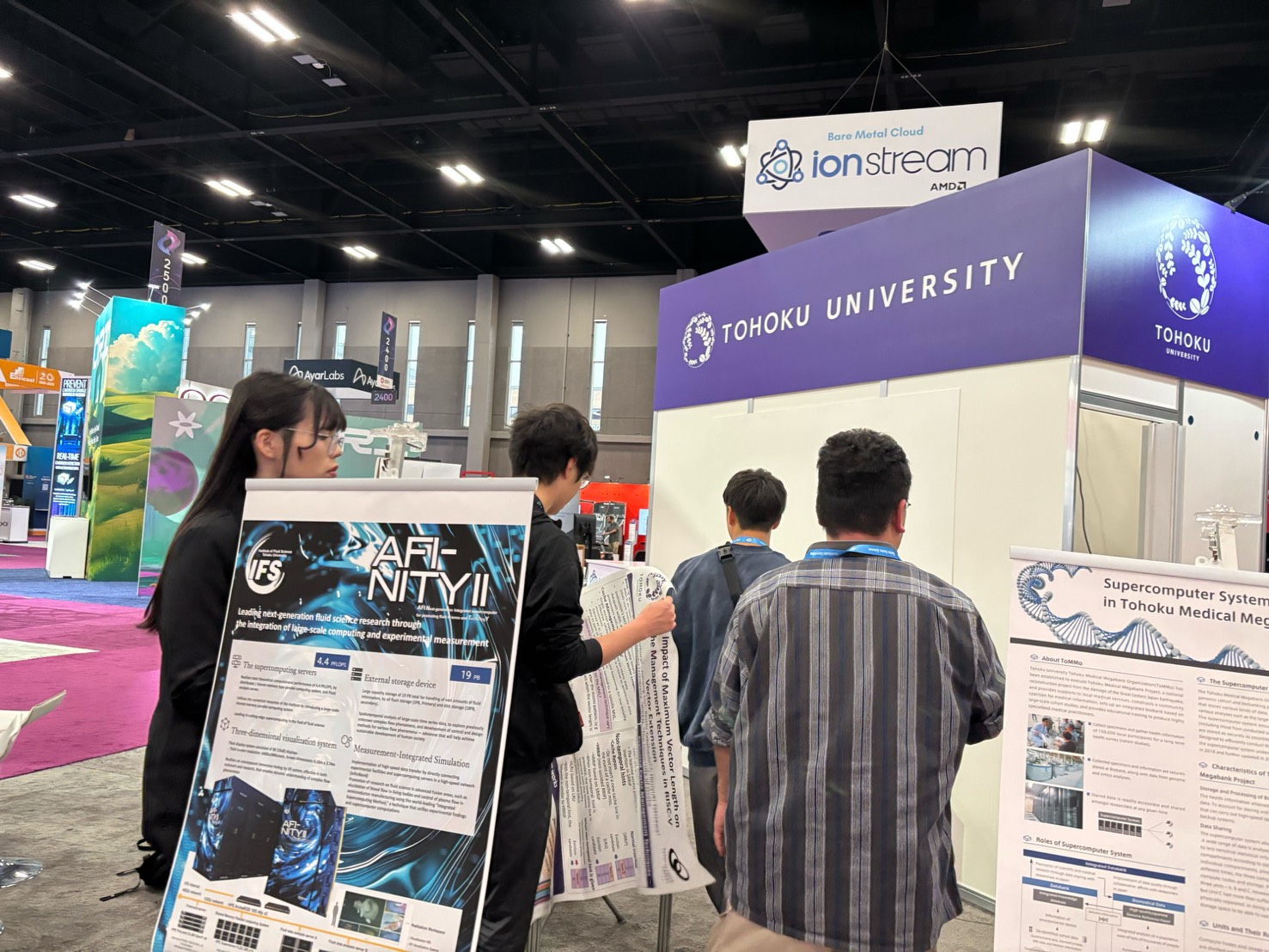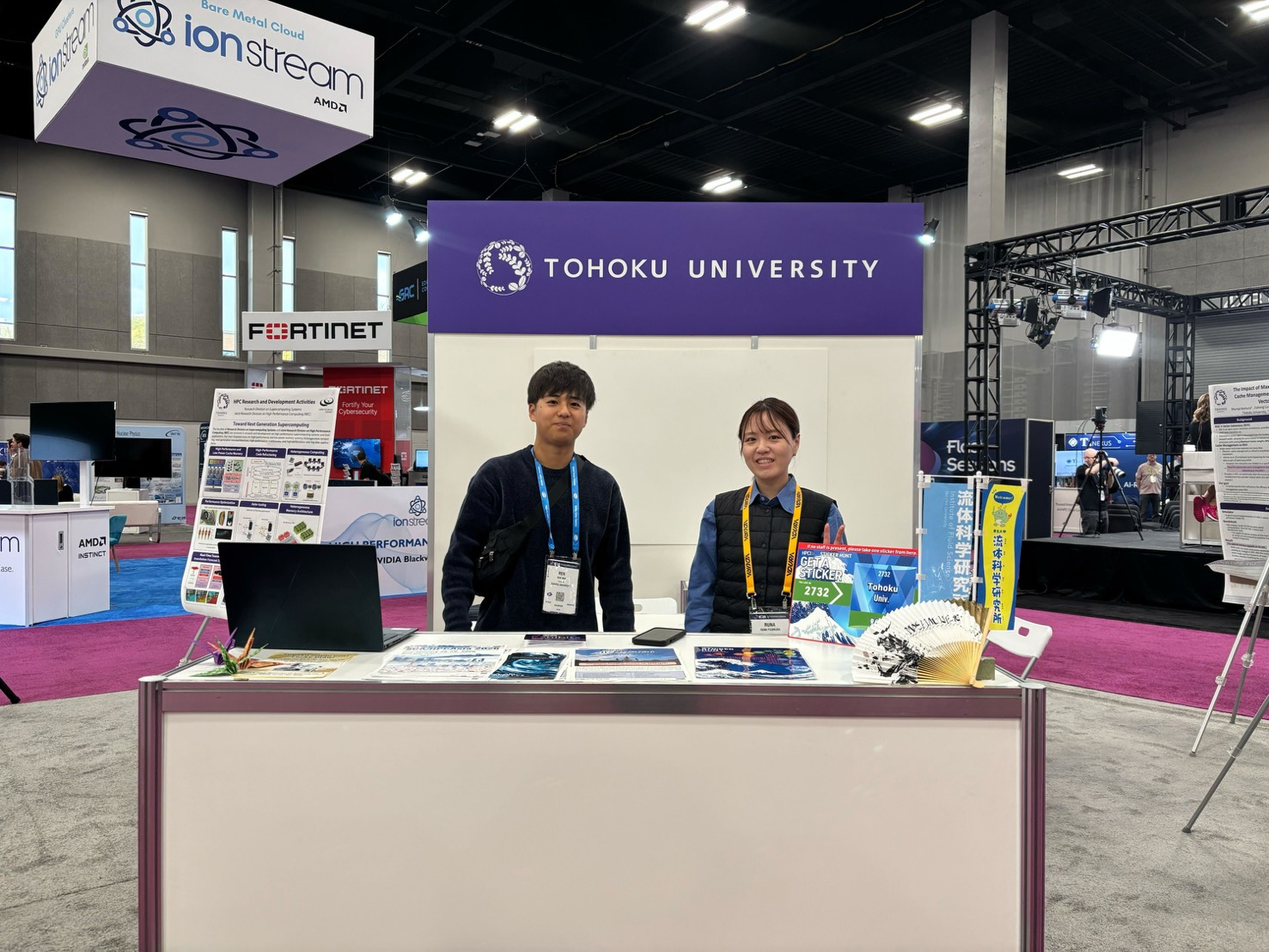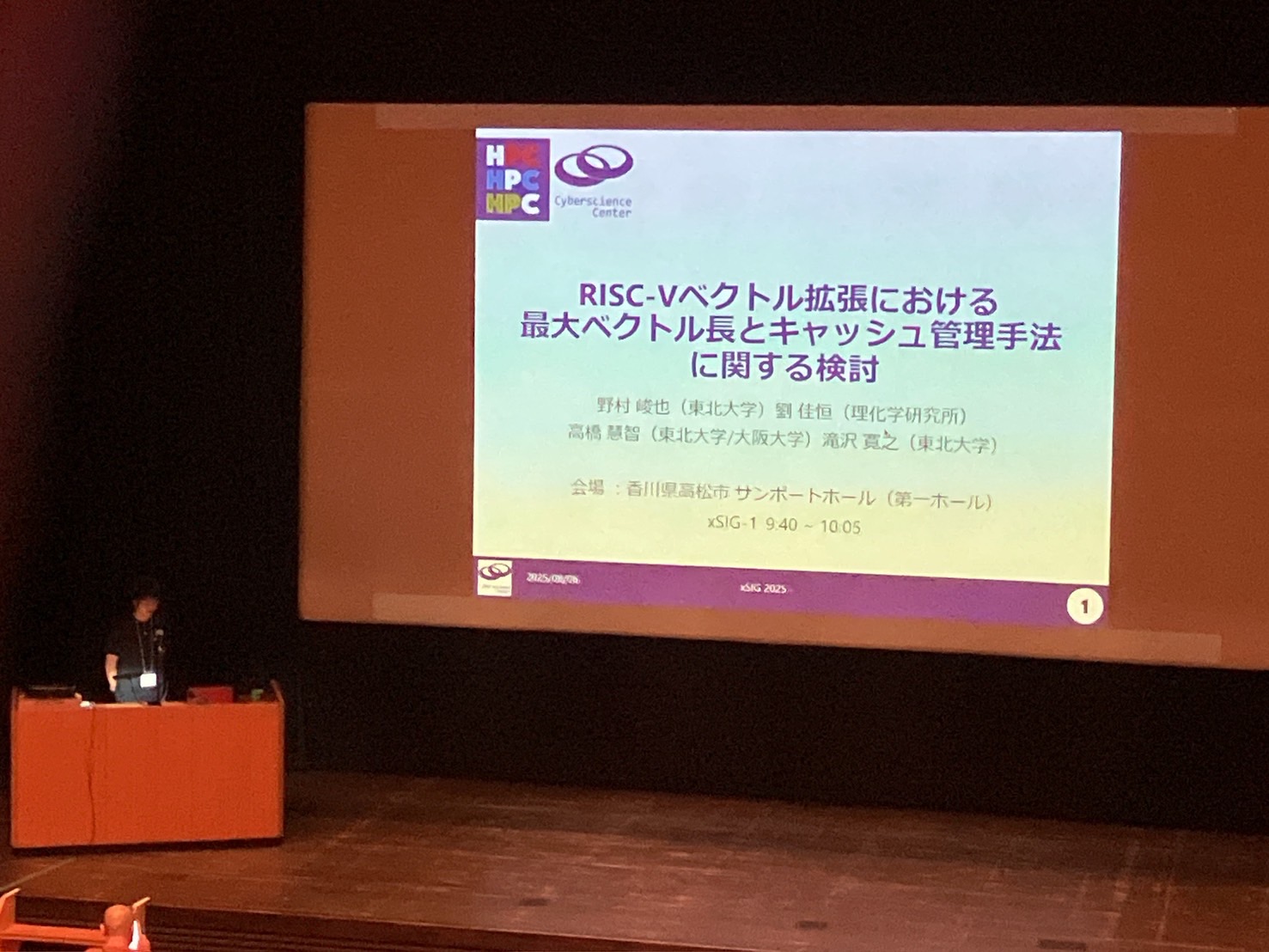Hello, this is Yuta Tanizawa, a second-year master’s student.
The Midterm Review of Master’s Thesis was held recently, and Katayama, Tanizawa, and Yanai (M2) gave their presentations.
Based on the valuable comments and feedback we received during the review, we will continue working hard toward the final thesis defense.
I would like to sincerely thank the professors and fellow students who kindly supported us through presentation rehearsals and helpful discussions.
Thank you very much for your continued guidance and encouragement.


















